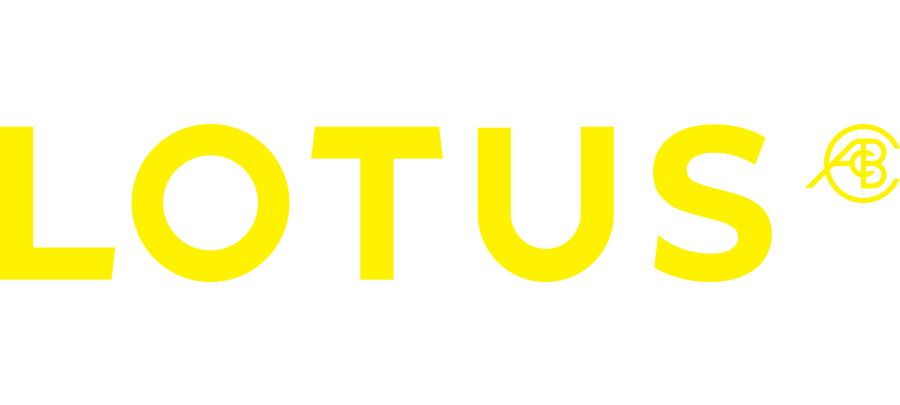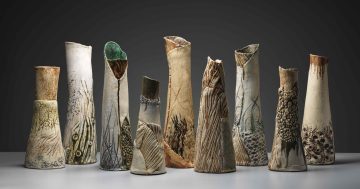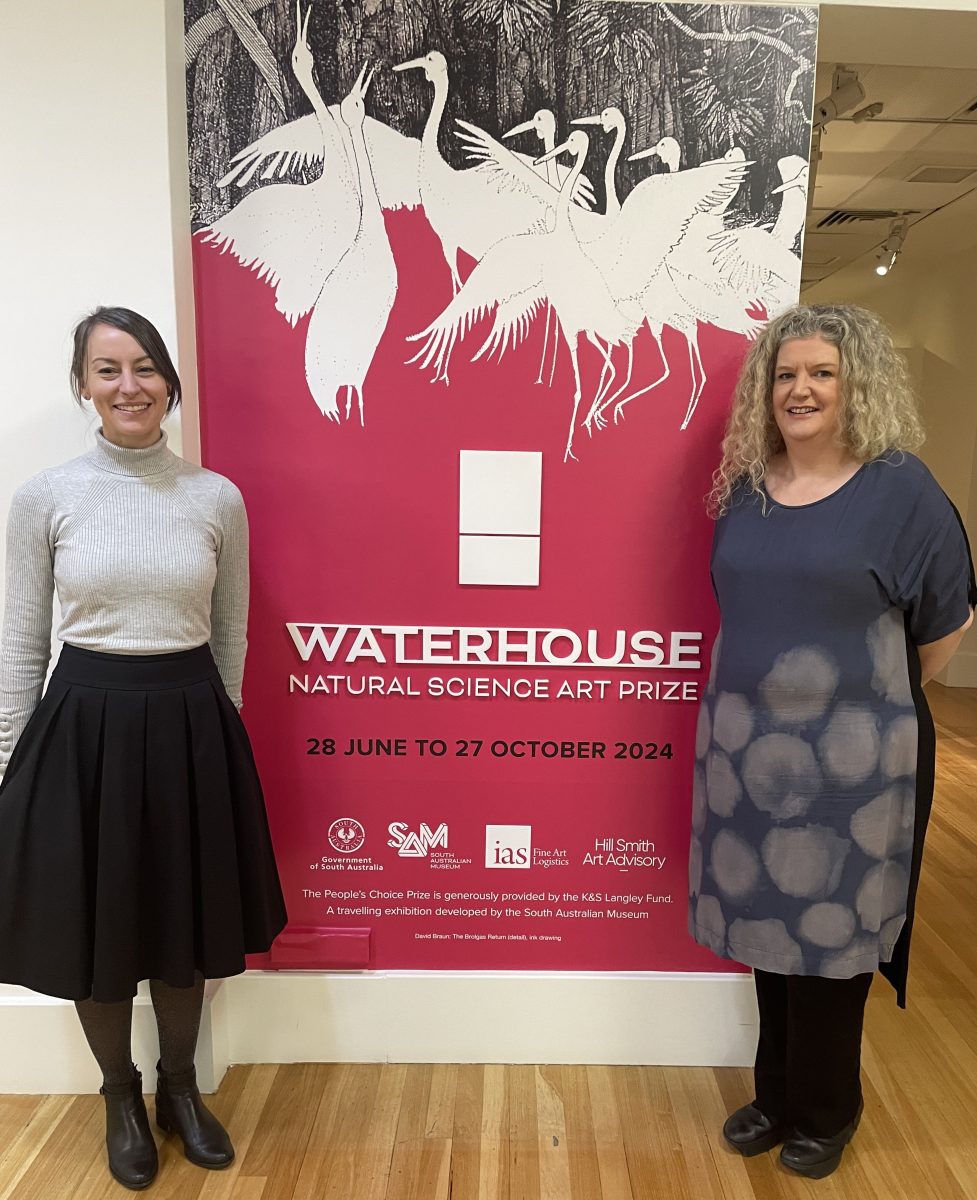
Acting Director of the National Archives of Australia, Brooke Anderson, with Justine van Mourik from the South Australian Museum. Photos: Sally Hopman.
It began more than 20 years ago. A call for emerging and established artists to focus their creativity on the natural world – and the Waterhouse Natural Science Art Prize was born.
Since its establishment, the rich art prize has had the strongest of Canberra connections, regularly featuring artists from the region in its shortlist and being exhibited at the National Archives of Australia, the only gallery outside South Australia to showcase the works.
The Canberra connection is even stronger this year with the former Director of the Parliament House Art Collection, Justine van Mourik, on the judging panel. Ms van Mourik is now Director of Engagement at the South Australian Museum with the award named after that museum’s first curator, Frederick George Waterhouse.
Other members of the judging panel included Dr Erica Seccombe, 2018 Waterhouse winner from the Australian National University; Dr Jordan Pitt from the University of Sydney; and Robert Reason from the David Roche Foundation.
In Canberra for an exhibition preview on Wednesday (26 June), Ms van Mourik said the Waterhouse, which started as a more scientific-based art prize, now concentrated on the artists’ concern for the environment and for the need to uphold cultural traditions.
She said that 20 years ago, many of the entries were renderings of animals. Today, she said, it was hard to find a work that didn’t refer, in some way, to the climate crisis, global warming, biodiversity or species extinction.
“The science is important but these days so is the artist’s impression of the story,” she said.
This year’s winner of the Open Category was Jenna Lee, a Gulumerridjin (Larrakia), Wardaman and Karrajarri Saltwater woman, for Grass Tree – Growing Together.
Inspired by the resilience and renewal of First Nations languages, Ms Lee used pages and binding from a decades-old dictionary of Aboriginal words and place names to form a black-and-white tribute to the native grass tree.
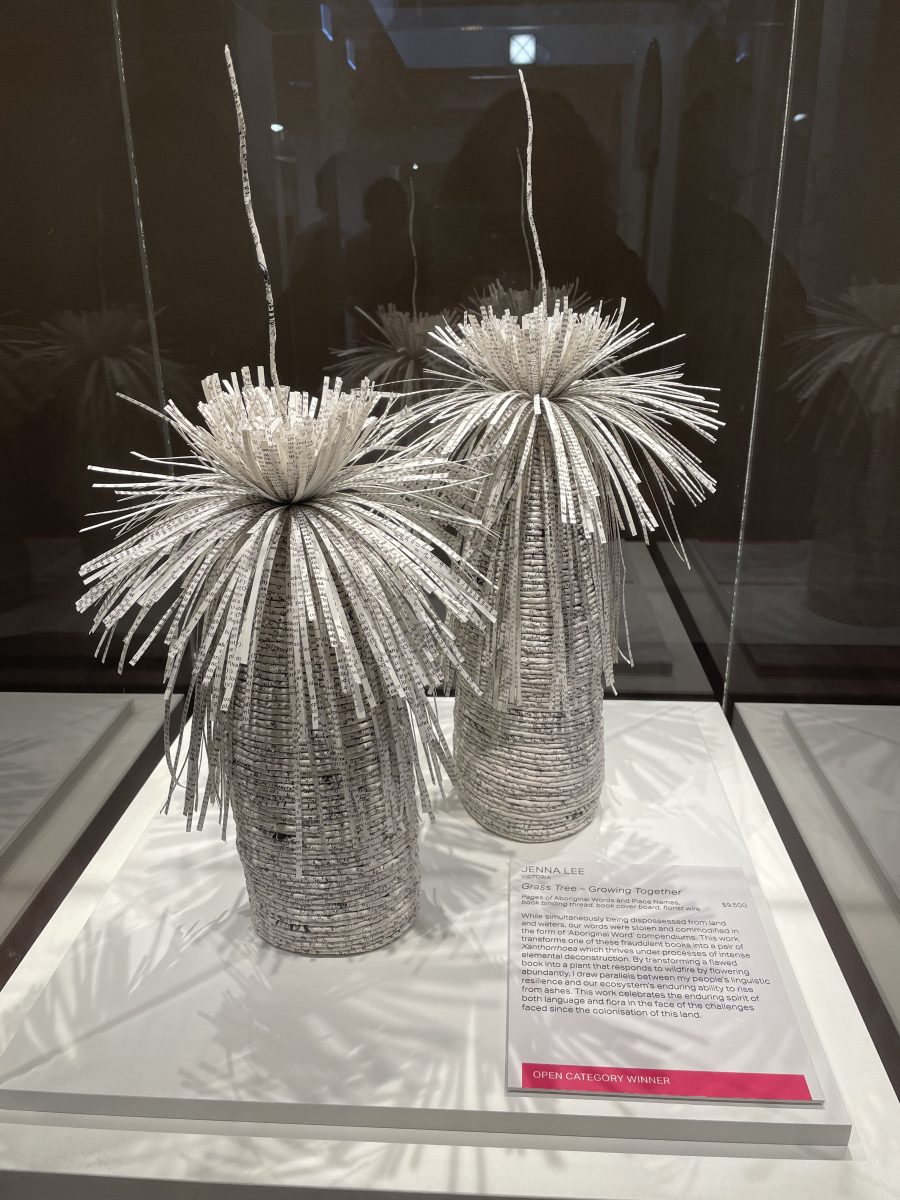
Open winner of the 2024 Waterhouse Natural Art Prize, Jenna Lee’s Grass Tree – Growing Together. Now on exhibition at the National Archives in Canberra.
“By transforming a flawed Aboriginal word dictionary into a pair of grass trees, I draw parallels between First Peoples’ linguistic resilience and this plant’s ability to rise from ashes,” Ms Lee said. “This work celebrates the enduring spirit of both traditional language and flora in the face of their ecologies’ near destruction.”
The judges said her work showcased a profound connection to nature, culture and art, while also addressing the complex colonial tensions that existed within the Western traditions of natural history.
“The words and knowledge gathered in publications like Aboriginal Words and Place Names were often recorded by missionaries, explorers and anthropologists with a range of motivations that rarely considered the agency and cultural authority of the people they were studying,” the judges wrote.
The award for Best Emerging Artist went to Andrew Gall, from Queensland, for Coming Together, a 3D-printed porcelain necklace.
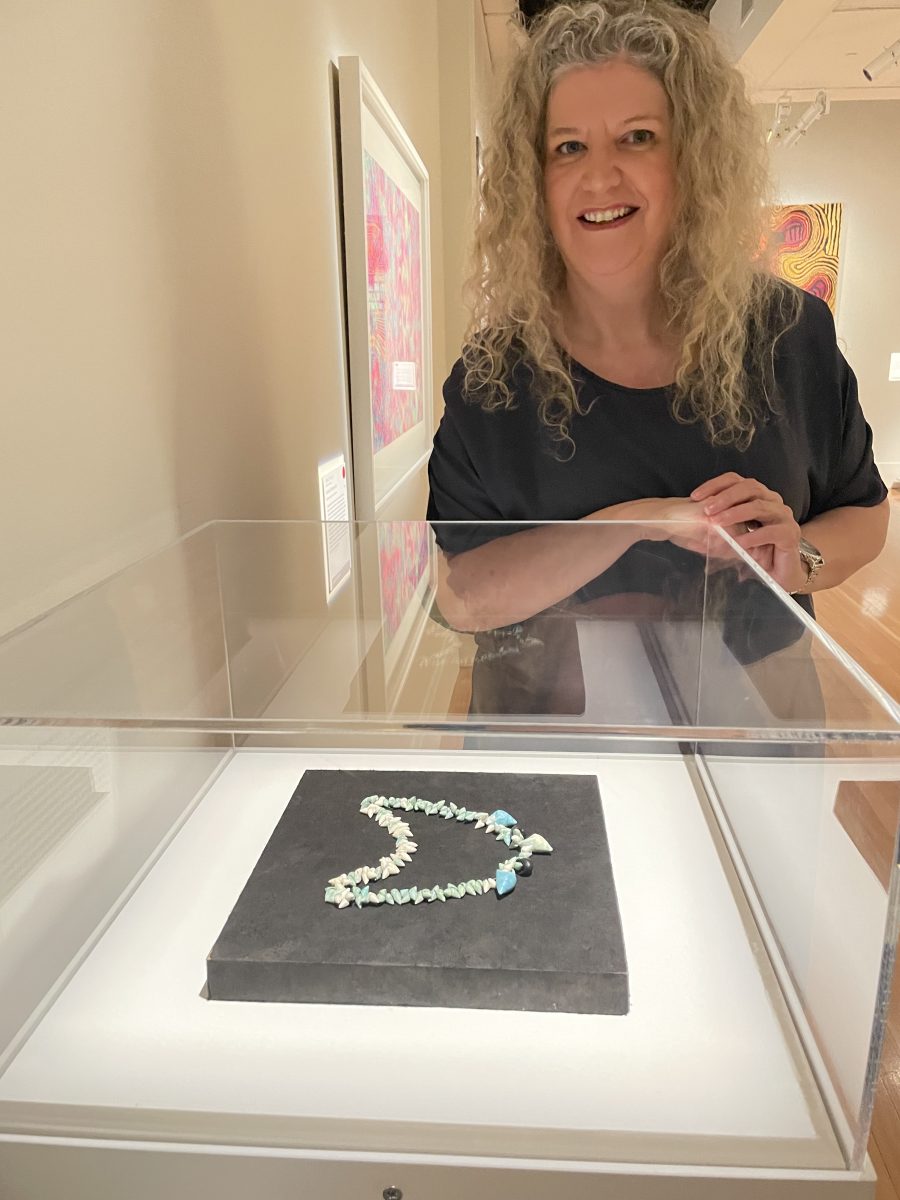
Waterhouse judge Justine van Mourik with the 3D-printed porcelain necklace by Andrew Gall. It won the Best Emerging Artist award.
Ms van Mourik said because necklace making was considered women’s business, the artist worked with his mother on the project. “It is a lovely use of technology and science,” she said.
“It is remarkable to see that he has even included tiny imperfections in the work. It was important for him to get it right otherwise the aunties would have told him if he didn’t,” she joked.
Mr Gall said his work, the first time a traditional Kanalaritja shell necklace has been made using 3D-printed porcelain, asked questions about climate change, as rising ocean acidity destroyed the shells that formed an essential part of the sacred cultural practice.
“My research was informed by published knowledge and firsthand accounts of pakana ‘shell stringers’, the custodians of Kanalaritja,” Mr Gall said. “I developed a process to make 3D-printed porcelain shells, so they looked like natural shells and are safe from climate change and its devastation.”
Ms van Mourik said there were 600 entries for the 2024 Waterhouse, which the judges cut back to 75, 25, then to the two winners.
“There is always a strong connection to Canberra with this,” she said. “We always receive entries from Canberra artists. You can see Hilary Warren’s etching, Diversity and Light – Hakea petiolaris in the exhibition.”
Her work was inspired by the diversity of native plants in Canberra’s National Botanic Gardens.
The 2024 Waterhouse Natural Art Prize opens at the National Archives of Australia, Canberra, on Friday 28 June, and runs until 27 October. Free exhibition.
